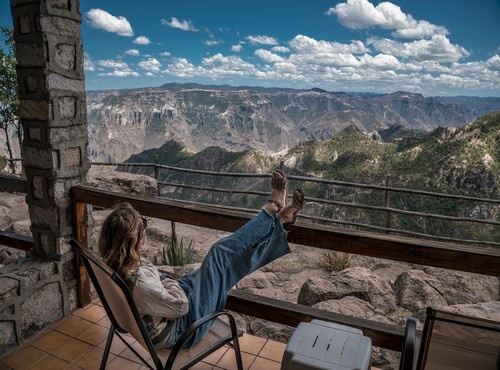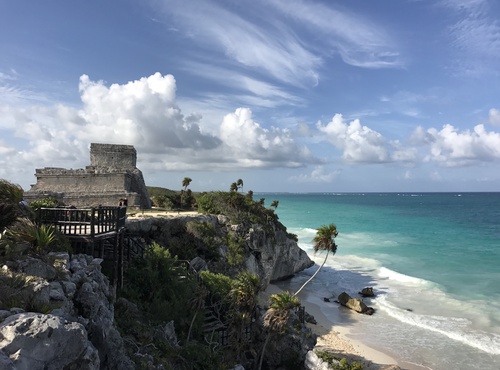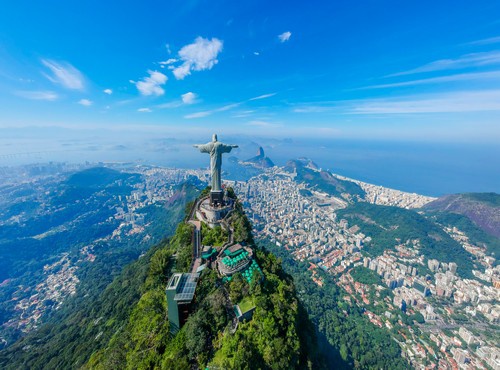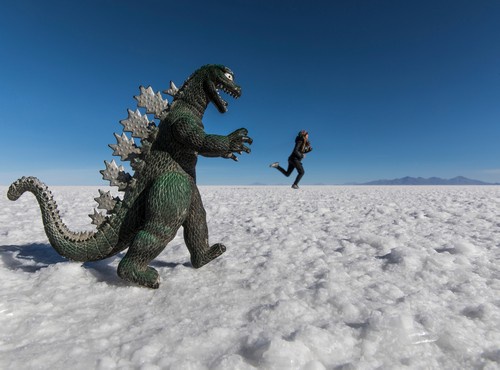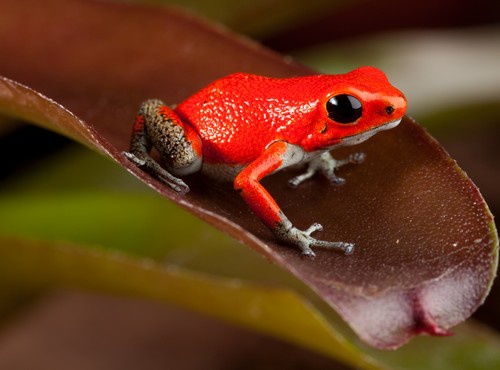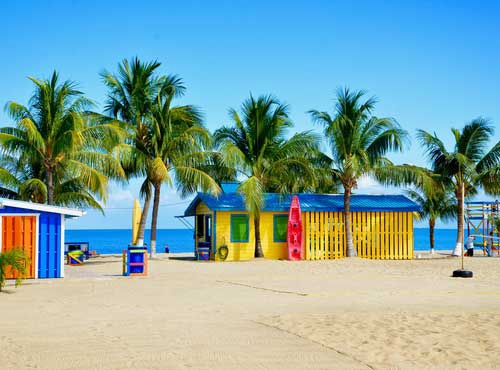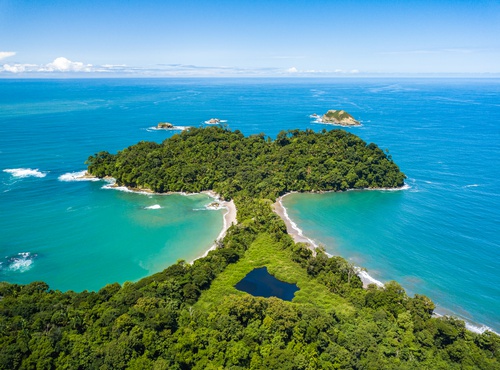
Written by:undefined undefined
Published: 07-02-2023
This classic 15-day Ecuador and Galapagos tour offers you all the highlights of this incredibly diverse country. During these 15 days, you will visit the 3 main regions of Ecuador: the Andes, the Gateway to the Amazon, and the adventure capital of Ecuador and the world-famous Galapagos Islands. In the Andes, you will visit the mountain highlights of nature, culture, and colonial history. In Baños, you will try as many adventure activities as possible and natural features that are out of this world. On the Galapagos Islands, you can enjoy the white beach and the blue waters while seeing sea lions, flamingos, iguanas, many special birds, and much tropical fish! On the Galapagos Islands, you can enjoy white beaches and crystal-clear blue waters, as you watch sea lions, flamingos, iguanas, many special birds, and much tropical fish! This classic 15-day tour of Ecuador and Galapagos tour really does have it all!
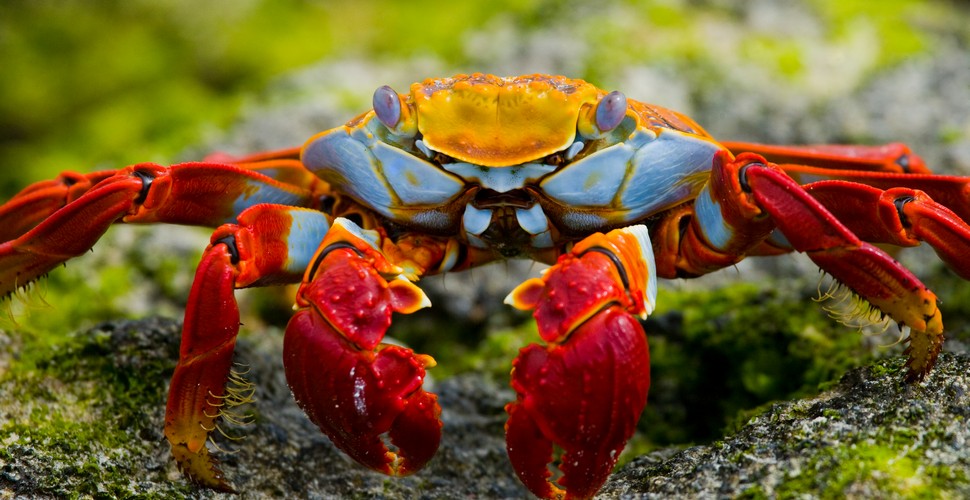
Sally Lightfoot Crab, Galapagos
Quito and Mitad del Mundo
It is impossible to visit Ecuador and not spend a few days in its captivating capital city, Quito. It is not possible to visit Quito and not take a trip approximately 20 km from the center to Mitad del Mundo. Mitad del Mundo, alias the Middle of the World, is a place where the GPS should show you these magical coordinates, 00°00’00”. It sits right on the equatorial line, hence Ecuador´s name, and gives all travelers the option to stand on both hemispheres at the same time!

Mitad del Mundo
Hacienda Zuleta
A stunning drive through the mountains from Quito takes you deep into the Andes where this 17th Century manor farmhouse was once the home of the Plaza Lasso family. Anyone searching for a genuine and authentic experience of Ecuador’s highlands will relish a stay at this farm. As one guest described it, ‘Fernando and his family welcome you like a long-lost relative. Zuleta still produces cheese; 17 different types, to be precise, and the team is integral to the protection of Andean bears, condors, and the age-old traditions of the local community. With 2000 acres of farmland, peaceful gardens, and primary forests roamed by spectacled bears, there is no end to adventures waiting in these grassy Sierras. Learn to cook with the friendly kitchen staff, ride on horseback with local guides, and watch local embroiders crafting the famous Zuleteno embroidery. Take in the backdrop of snow-topped volcanic peaks as you picnic beside crystal-clear mountain lakes.
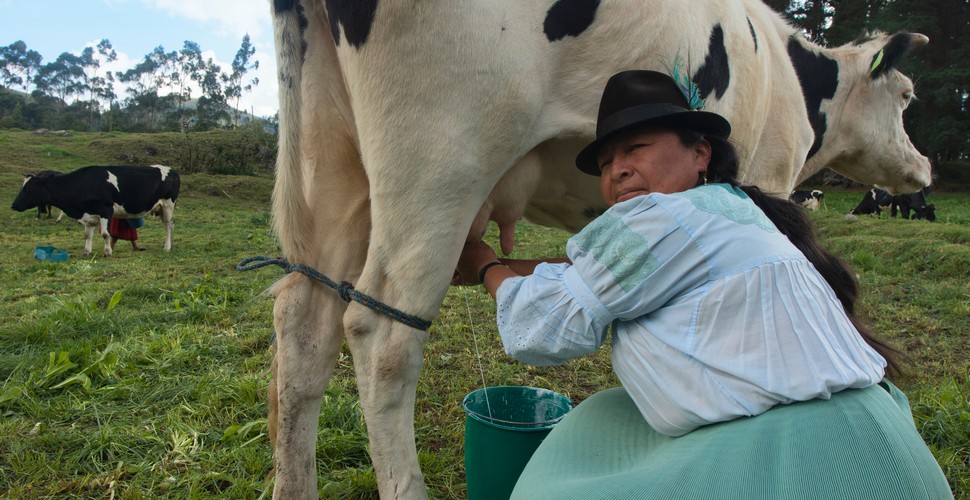
Hacienda Zuleta
Cotopaxi
Cotopaxi is a stratovolcano, and it’s still considered active with the last eruption occurring in 2016. It’s part of the Pacific Ring of Fire volcano chain, but Cotopaxi has the distinction of being one of only two volcanos in the world with a nearly symmetrical cone shape that is always covered in snow. Cotopaxi National Park also has one of the few glaciers that exist along the equator. The park was established in 1975 to help protect this high alpine landscape from encroachment, and it remains one of the most popular destinations in Ecuador.
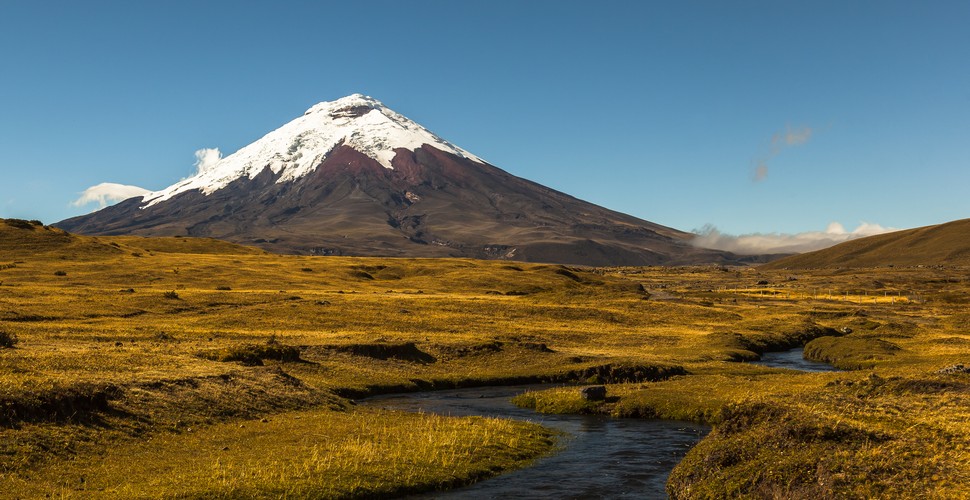
Cotopaxi Volcano
Quilotoa Crater Lake
Located in the western Ecuadorian Andes, Laguna Quilotoa is actually a collapsed volcano. Known as a caldera lake, the area boasts jaw-dropping panoramic views, ethereal electric-blue water, and the opportunity to hike, kayak, or even just gaze down at the water from the viewpoint. Visitors of all ages and activity levels should prioritize a visit here while in Ecuador for a one-of-a-kind day in nature. The Quilotoa volcano is the westernmost volcano in Ecuador’s Western Cordillera. About 800 years ago, the volcano erupted, and the force of the eruption led to its subsequent collapse, forming what is now the lake. Over time, the caldera formed by the collapse filled with water, which gets its beguiling blue-green color from minerals dissolving.
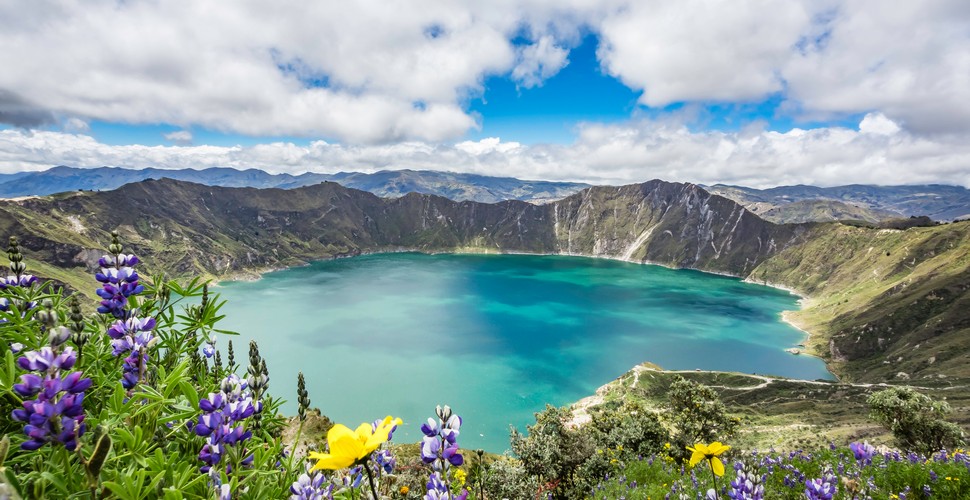
Quilotoa Crater Lake
Baños
Situated in the central highlands, this is a mountainous region just east of Chimborazo and north of Riobamba. The town is famous for the much-photographed ‘swing at the end of the world’ which is a rope swing up above the town with great views of the valley below. The road from Baños to Puyo is known as the Route of the Waterfalls, as this dramatic road goes past more than 12 waterfalls, the highlight being the spectacular El Pailón del Diablo (The Devil’s Cauldron). Baños is also often referred to as the ‘gateway to the Amazon’ as it sits on the edge of the Amazon basin. Most of our clients will stay near to Patate, a lush town on the banks of a river with views of the nearby Tungurahua volcano.
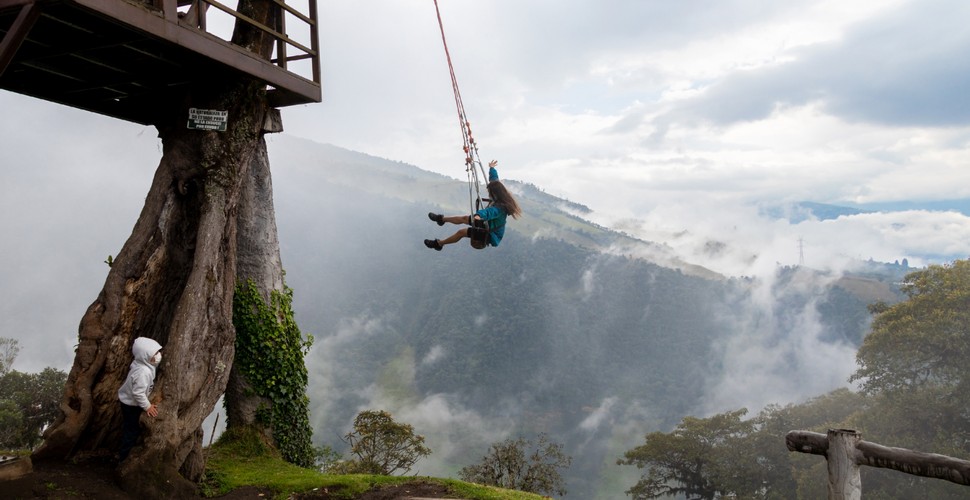
Extreme Swing, Baños
Devils Nose Train Ride
The Devil’s Nose train ride takes you from the town of Alausi on a forty-five-minute ride down to Silambe. This is a journey through gorgeous mountain scenery at which time the train descends nearly a vertical kilometer in height. Not bad given it was built at the turn of the 20th century. The train winds down the hillside from Alausi, and you can often see the tracks below you where you’ll be riding soon. There are waterfalls and rivers and gorges, and vertigo-inducing drops. The actual descent of the Devil’s Nose is incredible, as the train has to switch back on itself twice in order to get down the, once thought impassable, hillside.
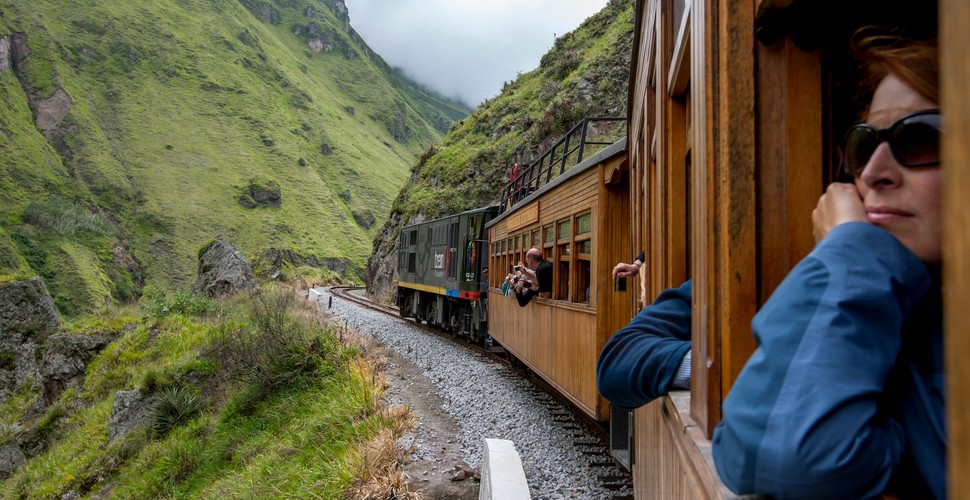
Devil´s Nose Train
Cuenca
Cuenca is the third-largest city in Ecuador, and it is one of the prettiest colonial cities you can visit in this country. If you decide on traveling to the southern part of Ecuador, read our travel guide on the best things to see and do in Cuenca and its close surroundings. The relaxed vibe, pleasant weather, pedestrian-friendly streets, and post-card-like architecture caused Cuenca to be a popular destination among foreign travelers and locals, who in a short time want to see and do the best that the city and its surroundings have to offer.
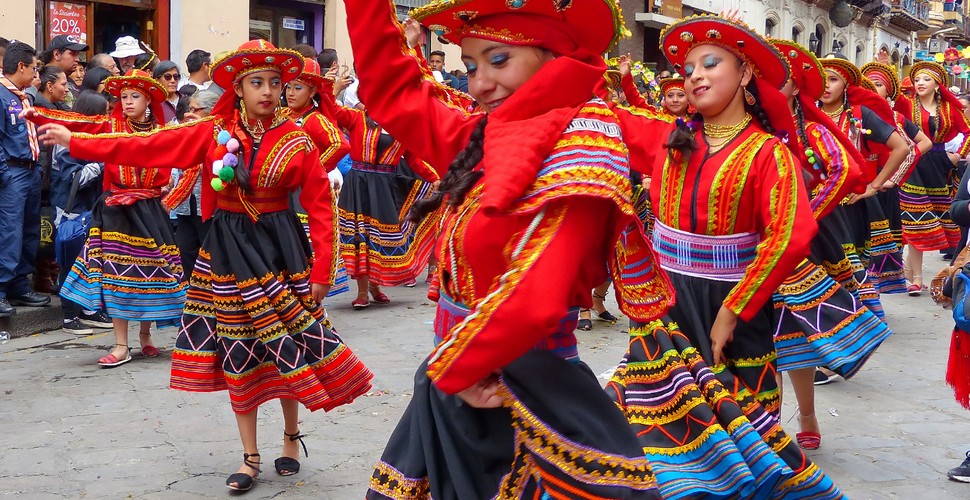
Cuenca Festival
Cajas National Park
Cajas National Park is one of Ecuador’s best-kept secrets. This Lake District of Ecuador is home to stunning glacial valleys, moors and forests, and a network of pristine mountain lakes. There’s fairytale magic here, like the natural set of a Lord of the Rings movie. But you’ll find no hobbits, instead keep your eyes open for Andean Condors, Spectacled bears, hummingbirds, and wild alpacas. For trekkers, Cajas national park is an outdoor playground, making it the perfect place to escape and enjoy nature in its purest form. Cajas national park is home to a network of 786 lakes, lagoons & ponds connected by crystal-clear streams. A carpet of sponge-like plants that absorb water, releasing it slowly over weeks and months. Frequent rains and moist clouds ensure the cycle continues. The moors and cloud forests are teeming with mammals, birds, and unique endemic plants.
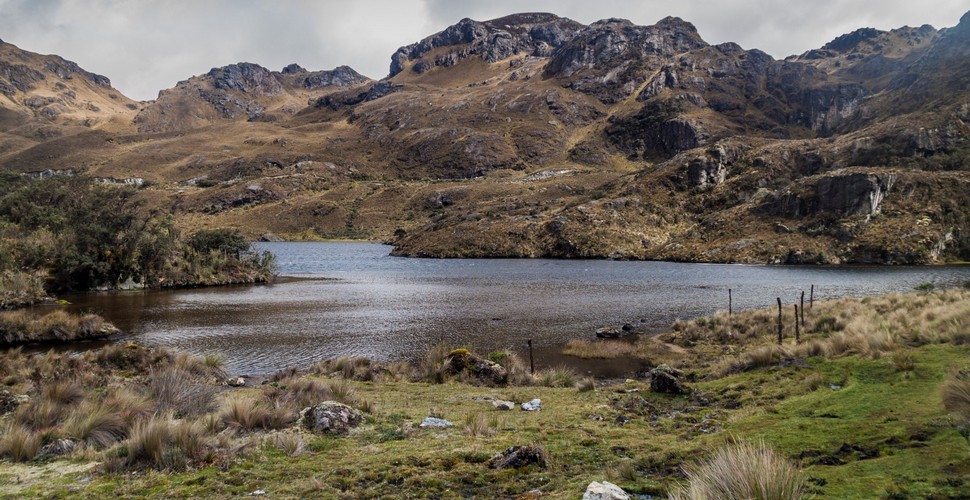
Cajas National Park
The Galapagos
One of the great reasons why traveling to the Galapagos is an option at any time of the year is because of its very agreeable climate, thanks in large part to its location on the equator. If you want to spend some time in the Enchanted Isles, whether it be in January, December, or any month in between, you’ll always see iconic species and enjoy some of the most enjoyable weather around. Temperatures are ideal both on land and at sea. The Galapagos Islands are one of the best places to see endemic wildlife –meaning, that some of these animals only exist in the archipelago and nowhere else in the world! A remote location such as this one, with no predators, means that there are greater numbers of species unfazed by the presence of humans. Simply put, this means that animals, such as the marine iguana, flightless cormorant, Santa Fe land iguana, Galapagos giant tortoise, Galapagos fur seal, and Galapagos penguin are abundant and can be seen readily and at a surprisingly close distance! The Galapagos Islands are home to some of the most breathtaking and inspiring landscapes. Three of the archipelago’s most outstanding beaches
apart from the incredible coastline and underwater landscapes that one can view while at sea or snorkeling, there are some pretty impressive geological formations on a couple of the islands. In particular, there are several lava tubes, craters, and caves on the islands of Santa Cruz, Fernandina, and Floreana Islands.
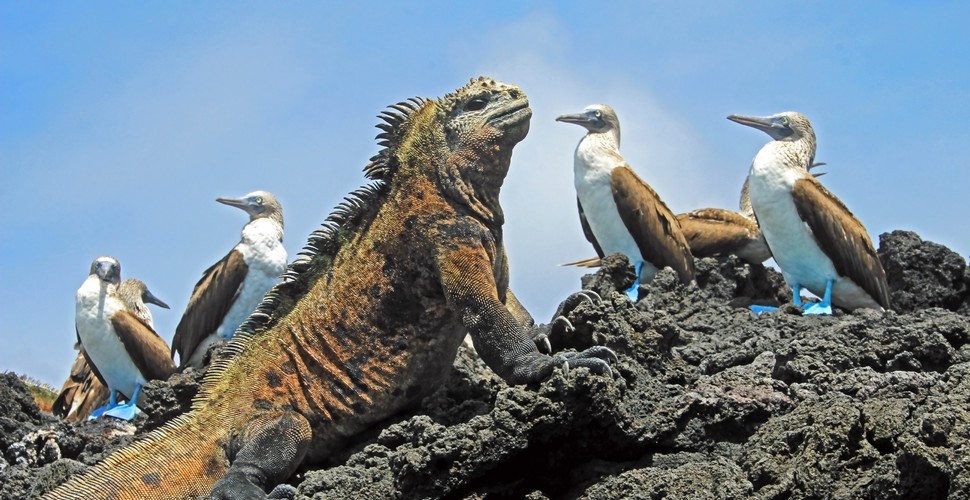
Blue Footed Boobies and Sea iguana, Galapagos
Find out more about this incredible Classic 15-day Ecuador and Galapagos tour here!







